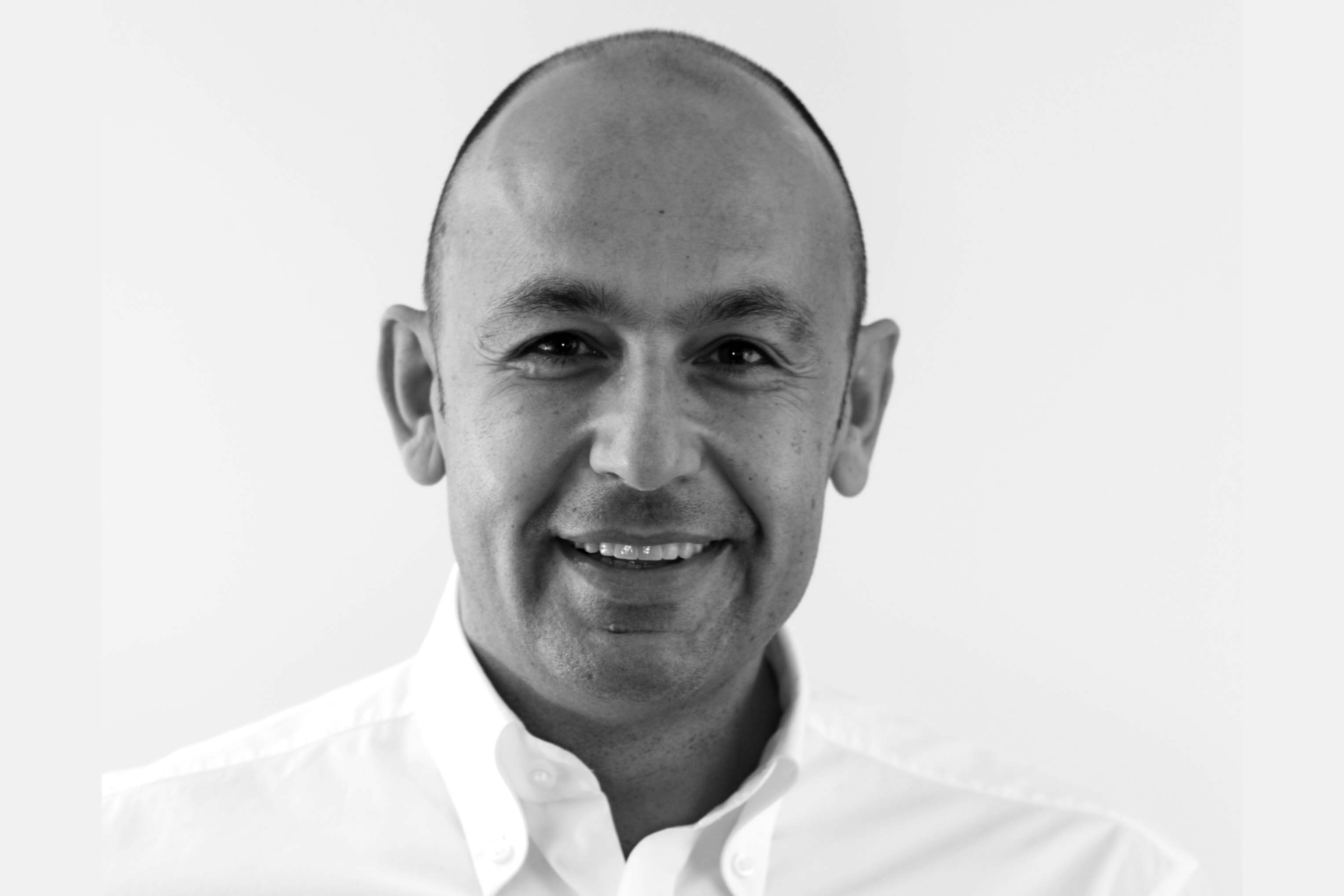
Dr. Galip Gurel
New Trends in Esthetic Dentistry
20/05/16 09:45 – 11:30
Modern techniques and materials can be useless if the final outcome does not live up to the patient esthetic expectations.
It has always been a challange to create a smile design that the final result would be precisely predicted from day one.. in some cases the dentists do built this design by themselves directly in the patients mouth, however some leave it to the ceramist that they work with.. however more importantly this smile design should also match with the patient’s functional, biological and emotional needs…
To obtain such results we need an interdisciplinary team work. Every member of the team (including the specialists, lab technicians and the patient) should be aware of the treatment planning and the end result from the beginning . Having all the above done correctly, major component for the success remains “communication”. The key to the aesthetic excellence requires patient communication as well as the communication with the laboratory and the specialists from the beginning of the case till the end.
Reflecting personality into Smile design
20/05/16 12:00 – 13:30
The final esthetic results may fail to meet the patient’s expectations due to disharmony between the smile design and the patient’s personality. The patient may feel that the restored teeth do not really “belong” to him or her. Without the proper knowledge, the origin of this disharmony can be difficult to identify.
For decades, dental clinicians have sought to harmonize the shapes of the teeth with the entire face based on parameters such as gender, personality, and age; however, truly successful results have been elusive.
The next step and the aim of this lecture is to present a novel concept which involves the creation of a customized personal image expressing a person’s sense of identity. This concept helps dental clinicians provide restorations that account not only for esthetics, but also for the psychosocial features of the created image, which affect patients’ emotions, sense of identity, behavior, and self-esteem.


